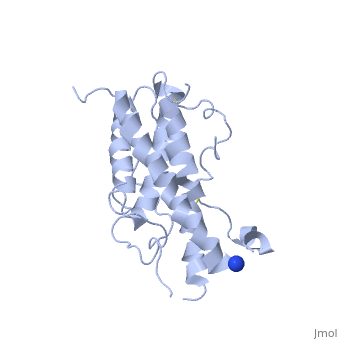Organism of Origin
Human Growth Hormone originates in Humans
Function
Plays an important role in growth control. Produced by the pituitary gland, spurring growth in children and adolescents. HGH is also used to regulate body fluids, muscle and bone growth, metabolism, body composition, and possibly heart function.
Mutations in, or deletions of, lead to growth hormone deficiency and short stature.
Significance
Growth Hormone Deficiency occurs when the pituitary gland doesn't produce enough growth hormone. It more commonly affects children than adults. It is symptomatic of other genetic disorders.
Growth hormone travels through the blood and stimulates the liver to produce a protein called , which helps the cartilage cells located at the ends of long bones to multiply. In children, this leads to growth in the length of the bones and increases the child's height. IGF-1 also acts on immature muscle cells to increase muscle mass. Aside from these growth stimulating functions, growth hormone participates in regulating the body's metabolism. It acts on fat cells to reduce the amount of stored fats, promotes protein synthesis in cells and plays a role in regulating the sugar levels in the blood. Thus growth hormone has multiple effects on the overall form and function of a growing body.
HGH is also the active ingredient in many prescription drugs and other products available over the Internet.
Structural highlights
1 chain: A
186 amino acid alpha carbons are present in the model. (All sidechains complete.)
No nucleic acids.
4 Missing Residues including , charged amino acids
1,575 atoms.
4 elements: C, N, O, S.
No hydrogen atoms.

